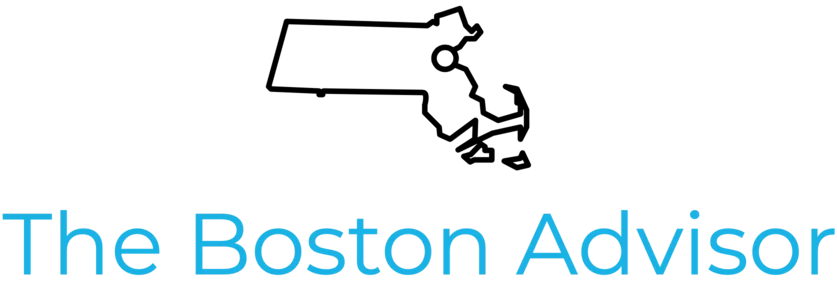This Week’s Takeaways:
- Wells Fargo’s 2026 outlook with the following highlights: Real GDP growth 2.3%, tariffs easing a bit but not back to 2024 levels, inflation still above 2%, unemployment steady at 4.5%, and two more rate cuts by the Fed after the December rate cut.
- The Fed may not cut rates in December and that is hitting the stock market, primarily in momentum stocks which have run up recently.
- Isolated concerns with the private credit market aren’t signaling a systemic issue that could take down the system.
- Treat healthcare as a strategic financial risk and plan proactively—through smart insurance choices, tax-advantaged savings, and cost-management tools—to protect long-term wealth.
- You can cut Medicare costs in 2026 by comparing plans carefully, using in-network providers and lower-cost drug options, and taking advantage of preventive care and available financial assistance.
- Things to Do This Weekend & Ken Burns’s American Revolution in the Boston Corner.
- Plus my latest book recommendation.
2026 Annual Economic Outlook – Policy Reset: How Fiscal, Monetary and Trade Frameworks Shape 2026 by Wells Fargo
The highlights from this deep dive into next year are: Real GDP growth 2.3%, tariffs easing a bit but not back to 2024 levels, inflation still above 2%, unemployment steady at 4.5%, and two more rate cuts by the Fed after the December rate cut.
The Stock Market Is Cratering. These Charts Explain Why. by Barron’s
Hate the headline, but the article points out that the stock market’s weakness lately is based on diminished expectations for a December rate cut hitting momentum stocks.
Cockroaches in the Coal Mine by Howard Marks
Alarm bells have rung recently about private credit. Marks’s latest memo puts it into perspective. Yes, there are some issues, but it’s not a systemic risk situation that will trigger other defaults and lead to a system breakdown.
Protect Your Wealth with Proactive Medical Planning by Heritage Financial
High-net-worth households should treat healthcare costs not just as an expense, but as a strategic threat to capital, liquidity and generational wealth. By optimizing insurance coverage, utilizing tax-advantaged vehicles such as HSAs, and integrating medical-expense foresight into financial and estate-planning frameworks, one can preserve investment growth and reduce the risk of forced asset sales. Preventive care and leveraging cost-saving tools (like payment plans or advocacy for medical bills) further safeguard long-term financial goals while keeping healthcare aligned with overall wealth-management strategy.
9 Smart Medicare Cost-Cutting Moves to Make During 2026 Open Enrollment and All Year Long by Investopedia
During the 2026 open-enrollment period for Medicare, beneficiaries can lower costs by actively comparing plan options, checking provider networks and drug formularies, and seeing if they qualify for financial assistance. Throughout the year, further savings come from staying within your network, using preferred pharmacies or generics, taking advantage of free preventive care, and keeping abreast of policy changes that may affect benefits or pricing. These steps are increasingly important as premiums, deductibles, and out-of-pocket expenses for Medicare are rising in 2026.
Book Recommendation
1929: Inside the Greatest Crash in Wall Street History–and How It Shattered a Nation by Andrew Ross Sorkin
From the bestselling author of Too Big to Fail, “the definitive history of the 2008 banking crisis,” (The Atlantic) comes a riveting narrative of the most infamous stock market crash in history—one with ripple effects that still shape our society today.
Boston Corner
‘New England is at the center of it’: Ken Burns talks ‘The American Revolution’


